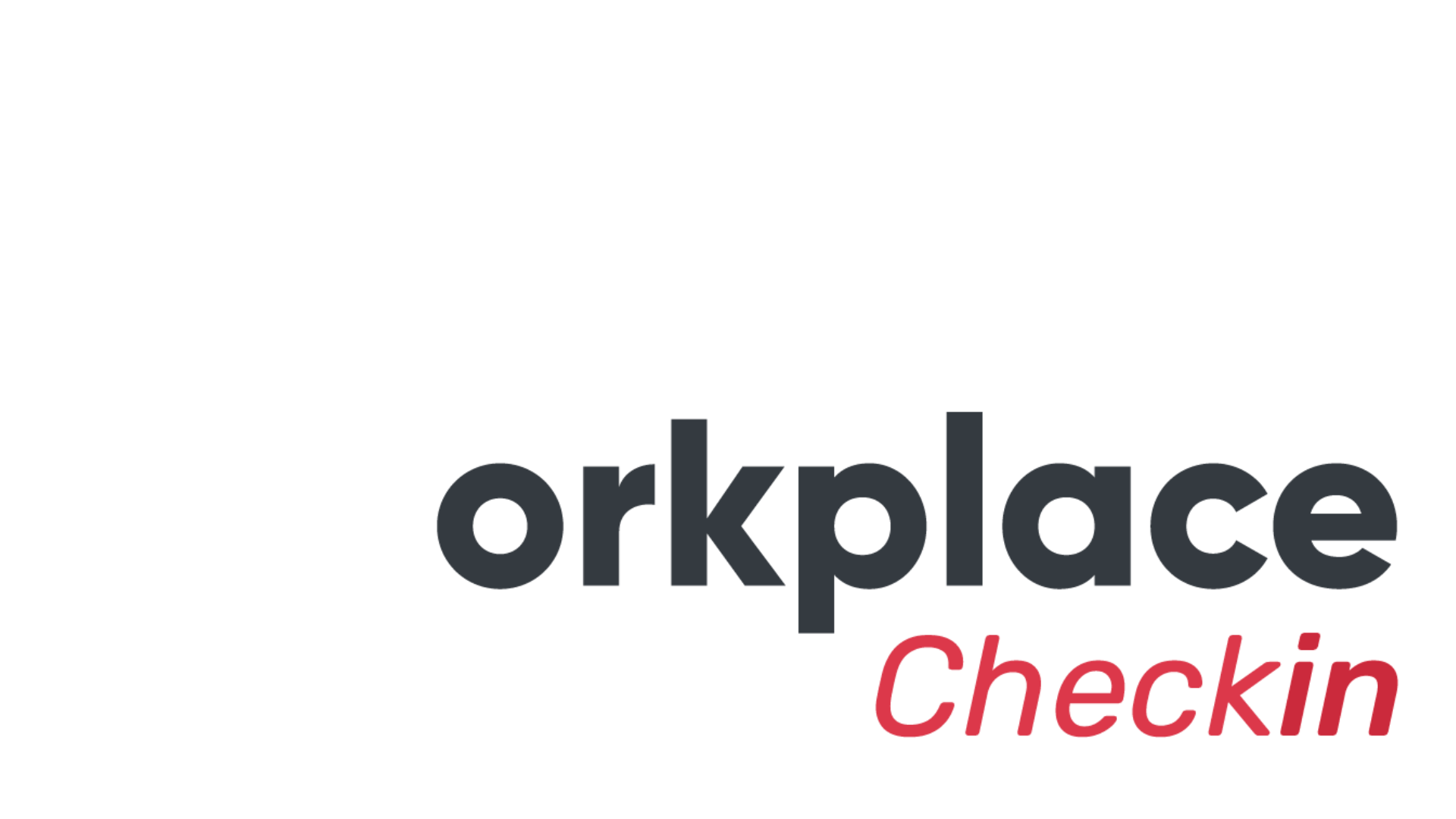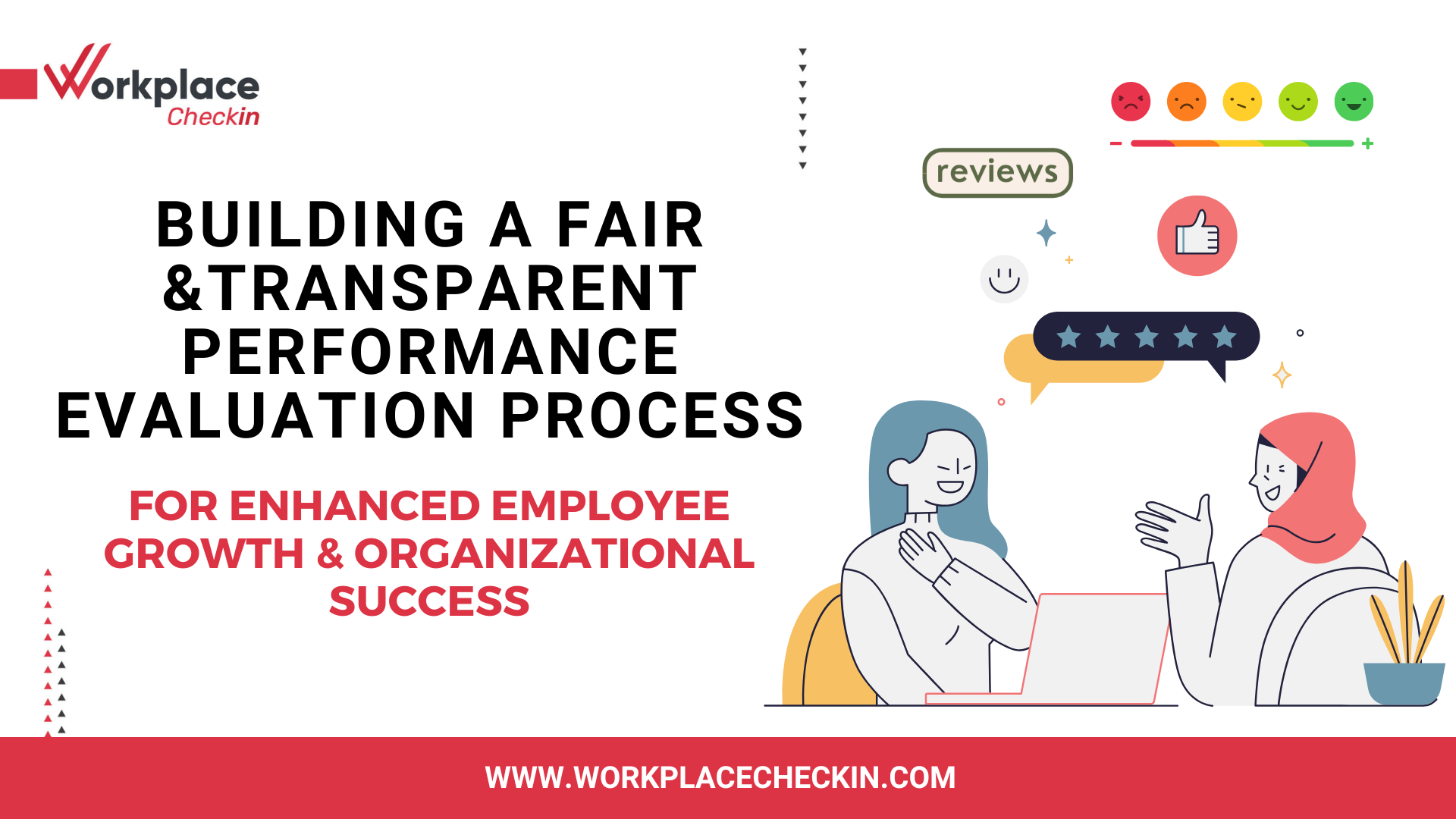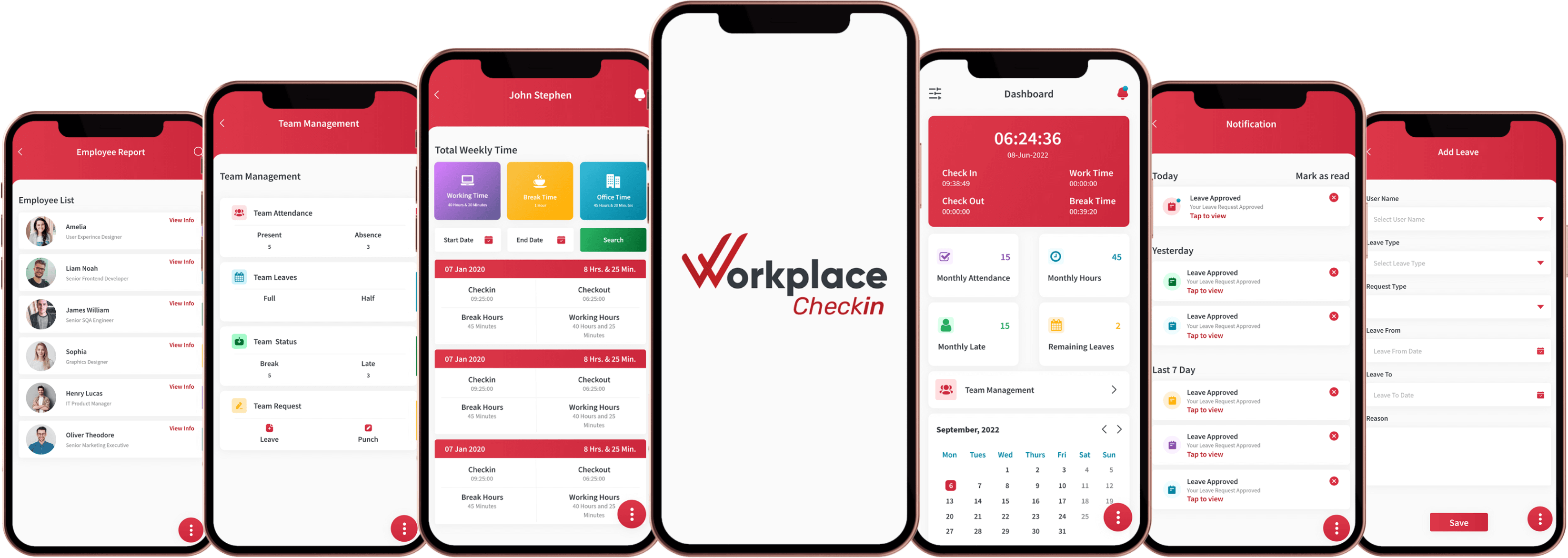

Cultivating a Positive Work Environment: Leadership Strategies for a Happy Workplace
In the bustling landscape of today's corporate world, the significance of a positive work environment cannot be overstated. It is the cornerstone upon which thriving businesses are built, fostering creativity, productivity, and employee satisfaction. Let's embark on a journey through the realms of successful companies, unveiling the secrets of cultivating a positive work environment through effective leadership strategies.
Setting the Stage: The Power of a Positive Work Environment
Imagine walking into an office where the air is thick with enthusiasm, where collaboration is not just a buzzword but a way of life. This scenario is not a utopian dream; it's the reality for companies that understand the impact of a positive work environment. Take Google, for instance. Known for its vibrant workplace culture, Google invests in creating spaces that encourage collaboration and innovation. The result? A workforce that feels valued, motivated, and engaged.
Statistics Speak Volumes: According to a Gallup poll, organizations with highly engaged employees experience a 21% increase in profitability. This statistic underscores the direct correlation between employee engagement and business success. A positive work environment is a catalyst for engagement, and effective leadership is the key to unlocking its potential.
The Influence of Positive Leadership
At the heart of every flourishing workplace is a leadership team that understands the transformative impact of positivity. Consider Google, where leaders encourage a culture of innovation by allowing employees to spend 20% of their time on personal projects. This not only sparks creativity but also communicates a trust in the team's abilities.
Real-life examples like this showcase the power of positive leadership. When leaders embrace a curious and engaging tone, encouraging employees to explore their potential, the entire work atmosphere undergoes a positive metamorphosis.
Leadership Strategies for Cultivating Positivity
Lead by Example
Effective leadership starts at the top. When leaders embody the values they wish to instill in their teams, it sets the tone for the entire organization. A prime example is Apple's late co-founder, Steve Jobs. Known for his passion and relentless pursuit of excellence, Jobs' leadership style inspired a culture of innovation that continues to thrive at Apple today.
Foster Open Communication
Communication is the first step in creating a positive work environment. Leaders should create channels for transparent and open communication, ensuring that employees feel heard and valued. Buffer, a social media management company, practices radical transparency by sharing salary details and strategic plans with its entire team. This approach builds trust and fosters a sense of belonging.
Stat Check: Companies with effective communication practices are 50% more likely to have lower employee turnover rates, as per a study by Watson Wyatt.

Building Trust through Transparency
Trust is the bedrock of any successful relationship, including the one between employees and their leaders. Buffer, a social media management platform, exemplifies transparency in action. The company shares its revenue, salaries, and even the lessons learned from failures openly. This transparency not only builds trust but also engages employees in the company's journey, fostering a sense of belonging.
Statistics underline the impact of trust on employee engagement. According to a study by the Society for Human Resource Management, 67% of employees consider trust in leadership a top priority. Short, trust-building actions, like transparent communication, contribute significantly to creating a positive workplace.
Nurturing a Culture of Appreciation
Employee recognition is a linchpin in cultivating a positive work environment. Salesforce, a customer relationship management company, takes appreciation to new heights. They have a recognition program that allows employees to recognize each other, fostering a culture where acknowledgment is not solely top-down.
Such initiatives are not just feel-good gestures; they have tangible effects. A Gallup study reveals that teams with higher levels of engagement and recognition exhibit a 21% increase in profitability. Leadership strategies that weave appreciation into the fabric of the workplace foster a positive culture that propels both individuals and the company forward.
Acknowledging and celebrating the accomplishments of individuals and teams goes a long way in cultivating positivity. Salesforce, a global CRM leader, incorporates a peer-recognition program that allows employees to appreciate each other's contributions. This not only boosts morale but also creates a culture of appreciation.
Invest in Professional Development
Leadership is not just about managing tasks; it's about nurturing growth. Companies like Microsoft understand this well. Microsoft encourages continuous learning and development, offering employees opportunities to upskill and grow within the organization. This investment in professional development enhances job satisfaction and contributes to a positive work environment.
Stat Check: A LinkedIn Workplace Learning Report revealed that 94% of employees would stay at a company longer if it invested in their career development.
Embracing Flexibility for Work-Life Balance
In the evolving landscape of work, companies like Microsoft are leading the charge in embracing flexibility. Microsoft Japan implemented a four-day workweek, resulting in a 40% boost in productivity. This move not only demonstrates a commitment to work-life balance but also recognizes the importance of employee well-being.
Statistics from the World Economic Forum indicate that flexibility is a key driver of employee satisfaction. Leaders who understand the changing dynamics of work and implement flexible policies contribute to a positive work environment, where employees feel valued and supported.
In a world where remote work is becoming the norm, maintaining a healthy work-life balance is crucial. Netflix, known for its unique corporate culture, trusts its employees to manage their time effectively. By promoting a culture of flexibility, Netflix fosters a positive work environment where employees can thrive both professionally and personally.
Fostering Inclusivity and Diversity
A positive work environment thrives on diversity and inclusivity. Spotify, the renowned music streaming platform, takes deliberate steps to foster an inclusive workplace. The company has employee resource groups focusing on various aspects of diversity, ensuring that every voice is heard and valued.
Studies consistently show that diverse and inclusive workplaces outperform their counterparts. McKinsey's research reveals that companies with diverse executive boards enjoy a 25% higher profit margin. By embracing diversity and creating an inclusive culture, leaders lay the foundation for a positive work environment that celebrates differences.

Conclusion: Nurturing Positivity for Lasting Success
In conclusion, the importance of cultivating a positive work environment cannot be overstated. Real-life examples from companies like Google, Apple, Buffer, Salesforce, and Microsoft demonstrate that a positive workplace culture is a powerful driver of success. Leaders play a pivotal role in creating and sustaining this culture, with strategies such as leading by example, fostering open communication, recognizing achievements, investing in professional development, and promoting work-life balance.
As we navigate the dynamic landscape of modern work, let us remember that a positive work environment is not just a perk but a strategic imperative. By prioritizing the well-being and satisfaction of employees, organizations can unlock their full potential, driving innovation, productivity, and ultimately, lasting success.






